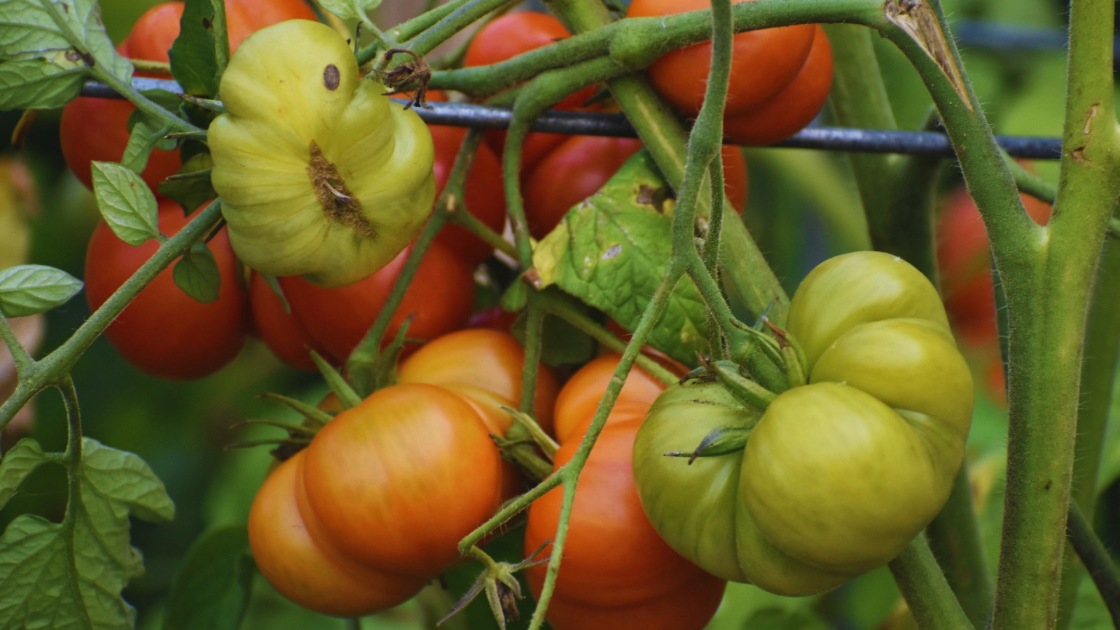Tomatoes were cultivated by the Aztecs in the Americas—then brought to Italy by the Spanish in the 1500s—but people thought they were either poisonous or an aphrodisiac.

In France, tomatoes were called pommes d’amour—“apples of love”—due to the belief that they had aphrodisiac properties; In Italy, tomatoes were called pomi d’oro—“golden apples”—because the first tomatoes in Europe were likely yellow
In France, tomatoes were called pommes d’amour—“apples of love”—due to the belief that they had aphrodisiac properties. In Italy, tomatoes were called pomi d’oro—“golden apples”—because the first tomatoes in Europe were likely yellow.
The tomato is now known as the tomate in France and as the pomodoro in Italy.
In the 18th century, many Europeans thought tomatoes were poisonous because they belonged to the nightshade family
In the 18th century, many Europeans thought tomatoes were poisonous because they belonged to the nightshade family. The nightshade family includes toxic plants like deadly nightshade and tobacco but tomatoes are obviously not harmful.
Tomatoes are a fruit but were declared a vegetable, for tariff purposes, by the Supreme Court in 1893
Tomatoes are a fruit but were declared a vegetable by the Supreme Court in 1893 for tax purposes. Botanically, tomatoes are a fruit because they develop from a flower and contain seeds. The Supreme Court declared tomatoes a vegetable since they are commonly used as a vegetable in cooking and the goverment could collect import taxes on veggies and not fruit.
Sources
https://recipes.howstuffworks.com/tomato-called-a-love-apple.htm
https://www.npr.org/2009/07/26/106932330/you-say-tomato-i-say-love-apple

